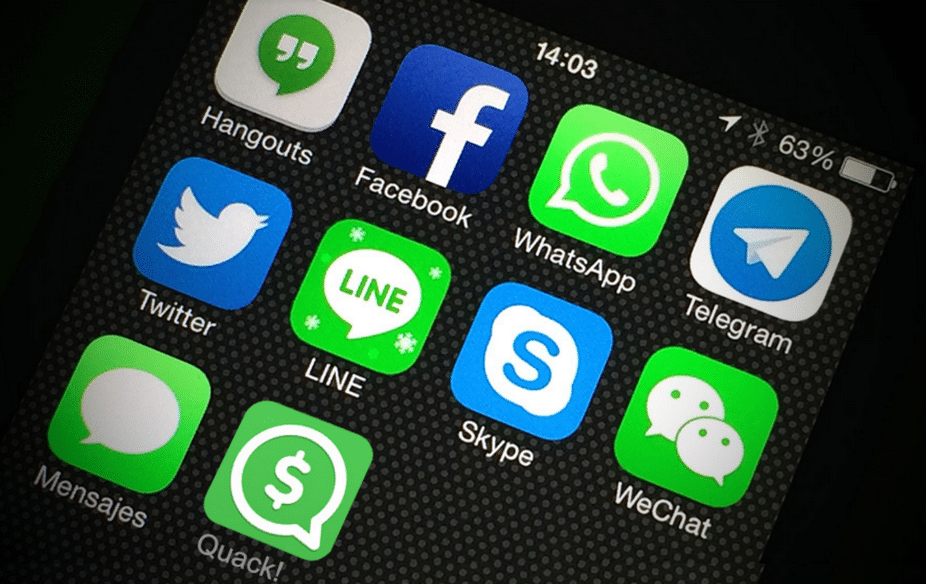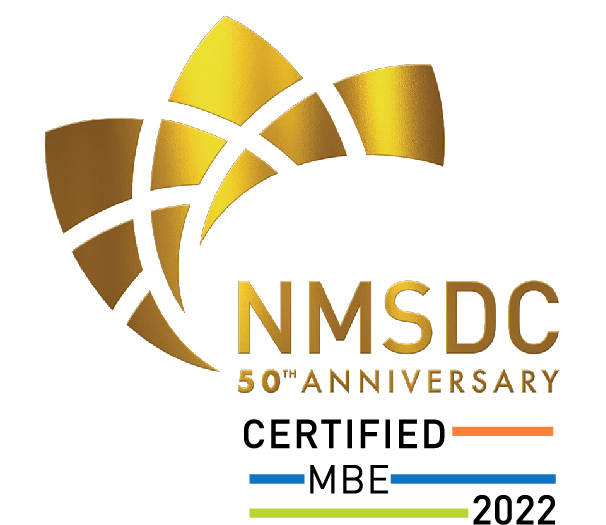The way we communicate as a society continues to evolve. It has evolved from phone communications, typed letters and in-person meetings to email communications and teleconferencing over the past several decades. And it’s continuing to evolve today. The use of mobile devices has increased dramatically in recent years, and with them, the use of messaging apps. Text messaging is now the most common form of communication for people under the age of 25, and mobile devices have become indispensable tools in our daily lives. The use of chat apps like WhatsApp, Facebook Messenger, and Snapchat are not far behind and continue to gain popularity with users of all ages.
Even in the workplace, where formal communication channels like email have traditionally been used, messaging apps are becoming more popular. Slack, Zoom, and Teams are all collaboration apps that allow coworkers to communicate in real-time, and they are becoming the preferred way to communicate for many businesses, especially since the COVID-19 pandemic forced many workers into remote work situations. Workforces are more dispersed than ever, and most organizations use multiple collaboration apps today that enable teams to communicate and collaborate more effectively, boosting productivity.
Of course, the ubiquity of mobile devices and the increased use of text messaging and chat and collaboration app messaging has a considerable impact on your organization’s eDiscovery and compliance practices. The amount of electronically stored information (ESI) generated by these apps is growing exponentially and this form of ESI is potentially discoverable in litigation, investigations, and other eDiscovery use cases. This blog series will look at the use of mobile devices and chat/collaboration apps within organizations today and how usage of those devices and apps affect your organization’s eDiscovery and compliance practices.
Rise in Popularity of Mobile Devices in Recent Years
To fully understand how mobile device use has impacted organizations today, here are some statistics that illustrate just how ubiquitous the use of mobile apps is in society today:
Mobile Devices in the World: In 2020, the number of mobile devices operating worldwide stood at just over 14 billion. That number is expected to reach 18.22 billion by 2025, an increase of 4.2 billion devices compared to 2020 levels. By 2025, the world population is expected to be approximately 8.2 billion people – which means there will be 10 billion mobile devices more than people by 2025 and over 2 devices per person on average!
Smartphone Users in the World: In 2022, the number of global smartphone users is estimated to be 6.6 billion, which is 2.9 billion, or 79 percent, more than the 3.7 billion smartphone users there were in 2016. It’s expected to grow to 7.7 billion by 2027.
Time Spent on Mobile Devices: The average American spends 5 hours and 24 minutes on their mobile device each day. On average, Americans check their phones at least 96 times per day, or once every ten minutes.
Mobile Devices and Online Activity: As of 2022, 62.06% of website traffic comes from mobile devices.
Rise in Popularity of Chat/Collaboration Apps in Recent Years
We’ve seen a similar rise in the use of chat and collaboration apps in recent years, especially in the workplace. And that workplace use has skyrocketed since the COVID-19 pandemic hit in March 2020. Here are some statistics that illustrate the rise in chat/collaboration app usage in recent years:
Zoom Usage: Who doesn’t use Zoom today? By April 2020, Zoom Video Communications had 300 million daily meeting participants worldwide after having only 10 million daily meeting participants in December 2019. Today, it has at least 350 million daily participants and at least 191,000 enterprise customers.
Microsoft Teams Usage: Teams was introduced in 2017, and usage has climbed sharply to 75 million daily active users by April 2020. Usage of Teams has continued to grow exponentially to 270 million users today!
Usage of Other Collaboration Apps: Slack, Teams and Zoom aren’t the only apps that are commonplace in organizations today – Zendesk, Confluence, Jira, Trello, Asana, and GitHub are other apps that are being used by teams in the workplace to increase productivity.
Use of Ephemeral Messaging
A portion of the chat app market includes ephemeral messaging apps, for which the messages are automatically deleted after a period of time. Examples of these include Snapchat, Signal, Wickr, Cover Me, Confide, Telegram, Hash, WhatsApp, and DingTalk. The use of these apps for communications have risen dramatically as well – for example, Snapchat had 347 million daily active users worldwide as of the second quarter of 2022, up over 7.5 times the number of daily active users at the beginning of 2014 (47 million).
Conclusion
All these indicators signaling the rise in mobile device, chat, and collaboration app usage have significant impacts on the eDiscovery and compliance practices of organizations today. These are ESI sources that can no longer be ignored when addressing your preservation and production obligations in discovery or your compliance requirements for protecting sensitive information. Organizations must have a plan in place to address these ESI sources before litigation happens, which includes how those devices and apps are managed and governed within the workplace.
Next time, we will begin our discussion of mobile device compliance and discovery with a look at considerations for use of mobile devices in the workplace.
Cimplifi 2023








Leave A Comment